
Training & Regulations
New UK drone legislation announced
Police to get extra powers to tackle illegal drone use, Government to work on expanded drone-detection technology and airport exclusion zone to be extended. ... Read More
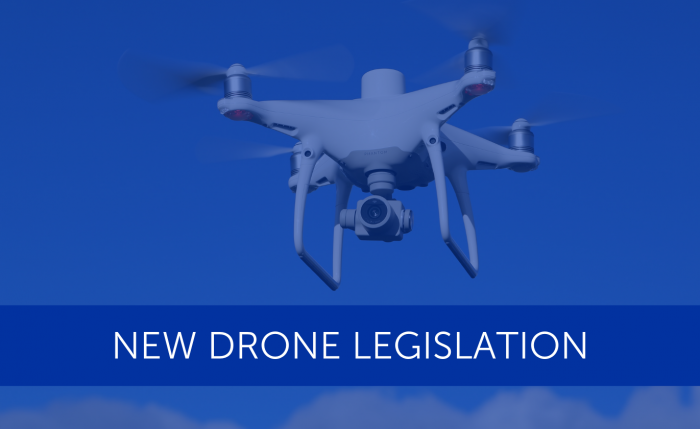
New legislation will give police extra powers to tackle illegal drone use, while the Government has vowed to work on ways to detect and repel UAVs in sites like airports and prisons.
Under these plans, the exclusion zone around protected airport boundaries is set to be extended from 1km to 5km.
However, in an important nod to the industry, Aviation Minister Baroness Liz Sugg has gone on the record to say that drones are 'already being used to great effect' by keeping people safe and driving more efficient ways of working.
For those who operate their drones responsibly and safely, we do not want to make it difficult to realise the potential of this technology.
Baroness Sugg
Plans for the new legislation were announced yesterday, with the Government's publication of its response to drones consultation.
The consultation ran last year, from July 26 to September 17, attracting more than 5,000 responses. The aim of the consultation was to receive feedback on the Government’s proposals to further develop policy and regulation surrounding the use of drones.
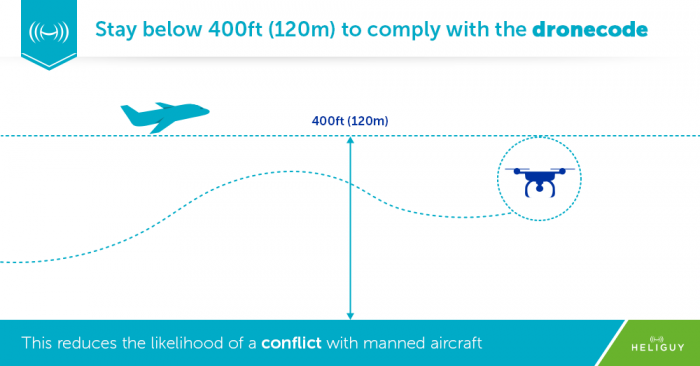
It comes on the back of previous drone rules which were implement by the Government. In July last year, new restrictions came into force to ban all drones from flying above 400ft across the UK, and within 1km of protected airport boundaries.
It was also announced that from November 30, 2019, it will be a legal requirement for all owners of drones weighing 250 grams or more to register their drone with the Civil Aviation Authority (CAA) and complete an online safety test. Drone pilots who fail to register and sit the tests will face fines of up to £1,000.
The new drone legislation which was announced yesterday aims to go even further. In a nutshell, it includes:
Police to be given additional powers to land, seize and search drones.
Government to work on expanded use of technology to detect and repel drones in sites like airports and prisons.
Exclusion zone extended around airports where drones are banned from flying.
Baroness Sugg said: "The vast majority of drone users fly safely and responsibly and adhere to the rules and regulations that are in place
"However, if a drone is used illegally we must ensure that the police have the powers to enforce the law and that the most up to date technology is available to detect, track and potentially disrupt the drone."
Increasing police powers
New legislation will give police officers the additional power to land drones and require users to produce the proper documentation. The police will have the power to search premises and seize drones — including electronic data stored within the device — where a serious offence has been committed and a warrant is secured.
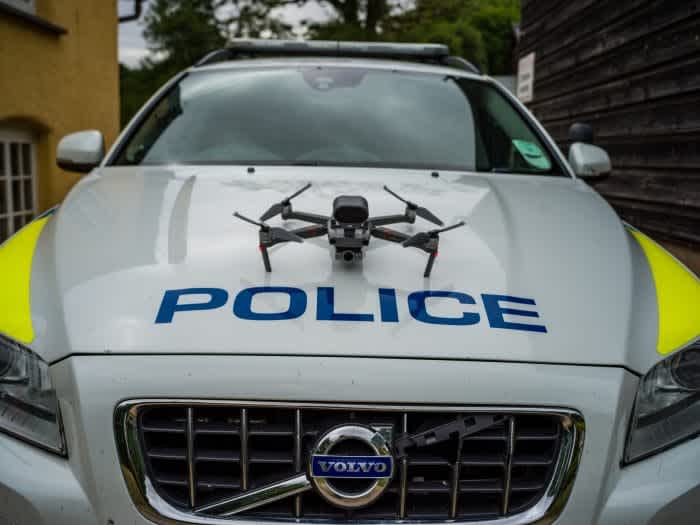
The police will also be able to issue fixed-penalty notices for minor drone offences to ensure immediate and effective enforcement of vital rules. Fines of up to £100 could be given for offences such as failing to comply with a police officer when instructed to land a drone, or not showing your registration to operate a drone.
The Government is finalising a Draft Drones Bill which will give the police these powers and intends to bring this Bill forward in 2019.

"The new measures proposed in the consultation, such as giving the police the power to request evidence from drone users where there is reasonable suspicion of an offence being committed, were met with strong support from respondents.
"Drones have the potential to bring significant benefits and opportunities, but safety and security must be our top priorities.
"That’s why we are giving the police powers to deal with those using drones irresponsibly. Along with additional safety measures these will help ensure the potential of this technology is harnessed in a responsible and safe way."
Baroness Sugg
Drone detection
As part of yesterday's announcement, the Government said that the Home Office will also begin to test and evaluate the safe use of a range of counter-drone technology in the UK.
This crucial technology will detect drones from flying around sensitive sites, including airports and prisons, and develop a range of options to respond to drones, helping to prevent a repeat of incidents such as that recently experienced at Gatwick.
We consulted on the further use of counter-drone technology, and the consultation responses on the proposed framework and safeguards for doing this will now be used by the Home Office to expedite detailed policy work to develop an appropriate means to allow the expanded use of this technology in the UK.
Baroness Sugg
DJI AeroScope
Following the Gatwick incident, Heliguy stressed that the ground-breaking DJI AeroScope drone-detection technology is available to monitor and spot UAVs – which could potentially stop major incidents.
The DJI AeroScope system is a sophisticated and comprehensive platform that rapidly identifies UAV communication links, gathering real-time information such as flight status, paths, serial number, speed, direction and home position, as well as the make and model.
This monitoring data stream helps AeroScope users make an informed response and security decision as soon as possible.
Heliguy is an AeroScope specialist and last year showcased this technology at a demonstration at Blackpool Airport and at Operation Zenith - a world-first exercise to test how drones and traditional aircraft can safely share the same airspace.
There are two types of AeroScope unit – Stationary and Portable.
Stationary-unit-2-700x700.jpg
Stationary unit
portable-700x700.jpg
Portable unit
The Stationary AeroScope unit is designed to be in continuous use outdoors and one of the most significant advantages of using it is the ability to customise and configure the unit precisely to the site that needs to be monitored. The Portable AeroScope unit can be set up quickly and easily anywhere it’s needed. It’s perfect for use at temporary events, mobile deployments or other instances where you need to protect the airspace around you at short notice.
For more details about this technology and how it can work for you, visit the Heliguy website or call us on 0191 296 1024.
Extended zone around airports
While the Government last year introduced the rule that drones cannot be flown within 1km of protected airport boundaries, it was announced yesterday that this will now be extended.
The new restriction zone will include:
Rectangular extensions from the end of runways, measuring 5km long by 1km wide to better protect take-off and landing paths.
In addition, all drones will be required to ask permission from the airport's Air Traffic Control to fly within the ATZ. The ATZ is a 2.5nm (4.6km) radius circle centred at an Aerodrome Reference Point (ARP). The ARP is the geographical location of the aerodrome and the centre of its traffic zone where an ATZ is established.
The Government will look to bring in this amendment to the Air Navigation Order 2016 as soon as possible, while the Department for Transport will still be instructing the CAA to review the effectiveness of aerodrome restriction measures during the next year.
The overall restriction zone is displayed below. The new zone will apply to all small drones weighing more than 250g.
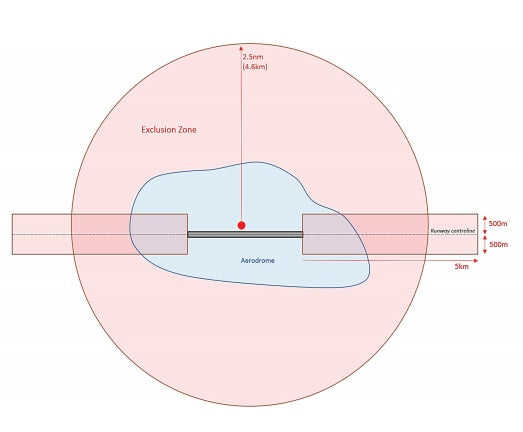
This shape has been chosen to better ensure the safety and security of aircraft. The ATZ circular zone will protect all aircraft at their lowest altitudes, including helicopters which may approach from any direction, and other aircraft in low-circling patterns. Moreover, the extensions from the end of runways will provide extra protection for aircraft along landing and take-off paths.
Drone fliers will continue to be able to apply for permission from air-traffic control to fly within this zone, if for example, a commercial drone operator wishes to inspect a building.
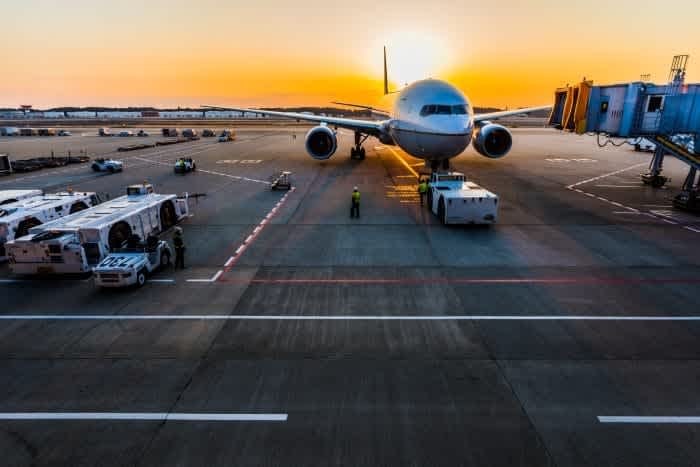
"We will be taking further action to ensure aviation and passenger safety. In their consultation responses, airlines and airports asked for the current airport restriction to be amended to better protect the landing and take-off paths of aircraft and low-flying aircraft, such as helicopters.
"We have been working with the CAA and NATS to develop theoptimum exclusion zone which helps meet those requirements.
"Whilst increasing the restriction zone would not prevent a deliberate incident, it is important that proportionate measures are in place to help protect all arriving and departing aircraft using our aerodromes and avoid potential conflict with legitimate drone activity."
Baroness Sugg
What the Government has done so far
Prior to yesterday's announcement, the Government has already taken action to bring in rules and regulations for drone users. This work includes:
Regulations include: It is an offence to endanger aircraft, drone pilots must not fly their drones near people or property, and drones have to be kept within visual line of sight.
The Government has been working with the CAA, which has been running its long-standing Dronesafe campaign and Dronecode guide to help to raise awareness among the general public of these rules and regulations.
Commercial users of drones are able to operate drones outside of these rules – but only once granted CAA permission to do so on the basis of meeting strict safety conditions.
The Government is working with manufacturers to introduce new technologies which will help in making sure drones are used in accordance with the law.
This includes geo-fencing, where a drone can be automatically prevented from flying within protected areas through in-builtsoftware, and electronic conspicuity, as laid out in the Government's Aviation Strategy Green Paper, which will allow the automatic identification of all airspace users, including drones.
The Government continues to develop policy relating to a Flight Information Notification System (FINS) as part of future unmanned traffic management and airspace modernisation programmes to ensure that all aircraft use UK airspace safely and securely and in accordance with the rules.
The Government will continue to work closely with airports and police services to put into place the right plans to protect our sensitive national infrastructure from drone incursions.
#advgb-tabs-2552418e-3e22-4cff-9645-6fcebdd9f3e6 li.advgb-tab.ui-tabs-active { background-color: #64bd2d !important; }
Drones 'bring benefits'
While more and more restrictions are being put in place, drone operators and those involved in the industry have little reason to panic, with the Government itself recognising the crucial role that UAVs are playing throughout the world.
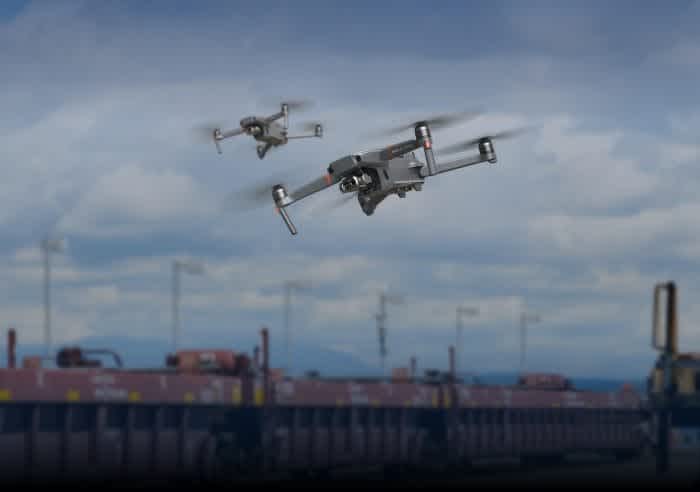
Baroness Sugg said: "We are determined to continue to ensure drones are used safely and securely, and to provide the right platform to harness the wide-ranging opportunities and benefits that drones can bring. For those who operate their drones responsibly and safely, we do not want to make it difficult to realise the potential of this technology.
"In such a rapidly-changing market, we will ensure that the Government takes an agile approach, working with industry and other partners, to help ensure that the regulation supports and anticipates future innovation whilst keeping people safe."
She said that drones are 'already being used to great effect', with just some of the examples pictured below.
Mavic-2-Ent-Containment-23-1-700x525.jpg
Emergency services
dji-phantom-4-rtk-in-flight-700x471.jpg
Agriculture
P4RTK-Web-Pic-4-700x373.jpg
Construction
IMG_5332-700x467.jpg
Mining
Mavic-2-Ent-Utility-Inspection-8-700x467.jpg
Inspections
She added: "Our emergency and search and rescue services use them to help keep people safe and they reduce risks to people working in hazardous sectors such as the oil and gas industry.
"They are also being used across many other industries, the public sector and charities - to drive more efficient ways of working, to monitor environmental change, to deliver medicines, and to assist infrastructure inspections and construction."
